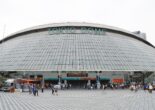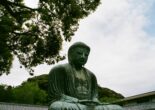Curious about how to explore Japan without breaking the bank? Discover these budget-friendly tips to make the most of your trip!
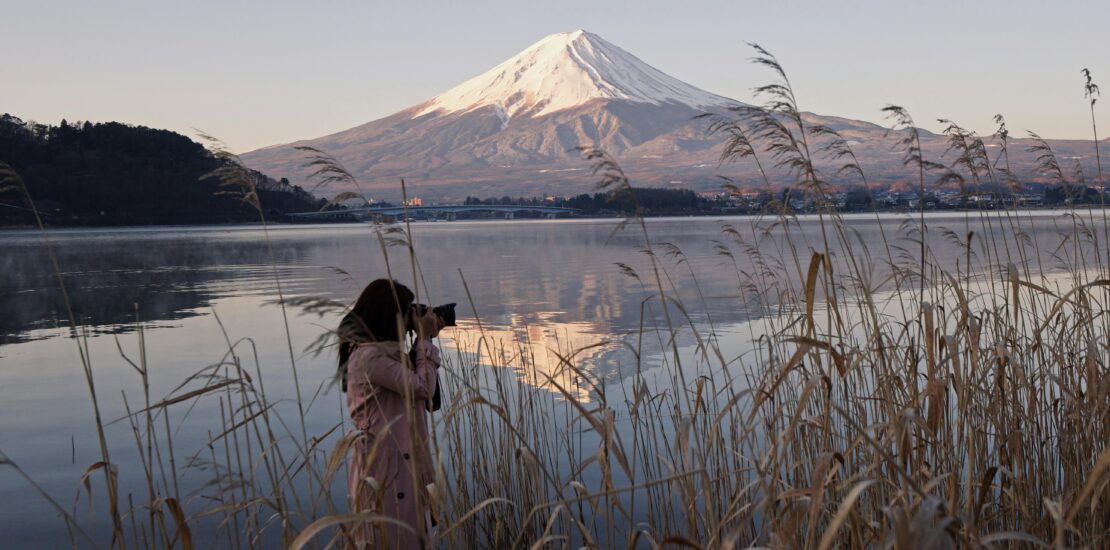
Traveling to Japan can be an incredible experience—filled with unique culture, stunning landscapes, and delicious food. However, it’s often perceived as an expensive destination. The good news is, it doesn’t have to be. With a little planning and these tried-and-true tips, you can explore Japan without breaking the bank.

Find Affordable Accommodation
Accommodation is one of the most significant expenses when traveling, but Japan offers a range of budget-friendly options. Capsule hotels, a unique Japanese innovation, are not only a quirky experience but also an economical choice. These compact pods offer a private sleeping space at a fraction of the cost of traditional hotels. Capsule hotels are typically found in major cities like Tokyo and Osaka, often located near transport hubs, making them convenient for travelers on the go.
Hostels are another excellent option for budget travelers. Japanese hostels often provide both dormitory-style and private rooms at reasonable prices. They offer the added benefit of meeting fellow travelers, and many hostels have communal kitchens where you can prepare your own meals. For a more traditional experience, consider staying in a ryokan, a Japanese inn. While ryokans can range in price, many offer reasonably priced options, especially if you book in advance. Staying in a ryokan provides a unique glimpse into Japanese culture, including traditional tatami mats and futons.
Another budget-friendly accommodation option is guesthouses. These are often family-run and provide a homely atmosphere. Guesthouses can offer private rooms at affordable rates, and they often include breakfast or dinner as part of the stay. Booking platforms like Booking.com or Agoda, can help you find and compare budget accommodation options.
Travel Off-Peak
Traveling during Japan’s off-peak seasons can lead to significant savings on flights, accommodation, and attractions. Avoid peak travel times, such as Golden Week, Obon, and the New Year period, when prices are higher and tourist spots are crowded. Instead, consider visiting during shoulder seasons like spring or autumn, when the weather is pleasant and prices are more reasonable.
Traveling off-peak also allows you to enjoy popular attractions with fewer crowds, making for a more enjoyable experience. Many destinations have special events and festivals during these times, providing unique experiences without the high costs associated with peak season travel.
Get a Japan Rail Pass
One of the most effective ways to save on transportation costs in Japan is to invest in a Japan Rail Pass (JR Pass). This pass provides unlimited travel on JR trains, including the iconic Shinkansen (bullet trains), for a set period—usually 7, 14, or 21 days. It’s a great deal for travelers planning to cover long distances across the country.
The JR Pass must be purchased before arriving in Japan, as it’s only available to foreign tourists. Prices vary based on the duration and type of pass (ordinary or green, which offers first-class amenities). If you plan to travel extensively between cities, the JR Pass can offer substantial savings compared to buying individual train tickets. Be sure to plan your itinerary and calculate the cost of individual tickets to determine if the JR Pass will save you money.
For those who don’t plan on traveling extensively or are focusing on a specific region, consider regional rail passes. These passes cover specific areas, such as the Kansai region or the Kyushu region, and can be a cost-effective alternative to the nationwide JR Pass.
Use Public Transportation
Japan’s public transportation system is renowned for its efficiency and affordability. While taxis can be costly, local trains, subways, and buses offer economical ways to get around. Consider purchasing a day pass or using IC cards like Suica and Pasmo, which provide convenience and discounts on transportation fares.
Walking is also a great way to explore cities and discover hidden gems. Many Japanese cities are pedestrian-friendly, with well-maintained sidewalks and pedestrian crossings. Walking not only saves money but also allows you to experience the city at a more leisurely pace.
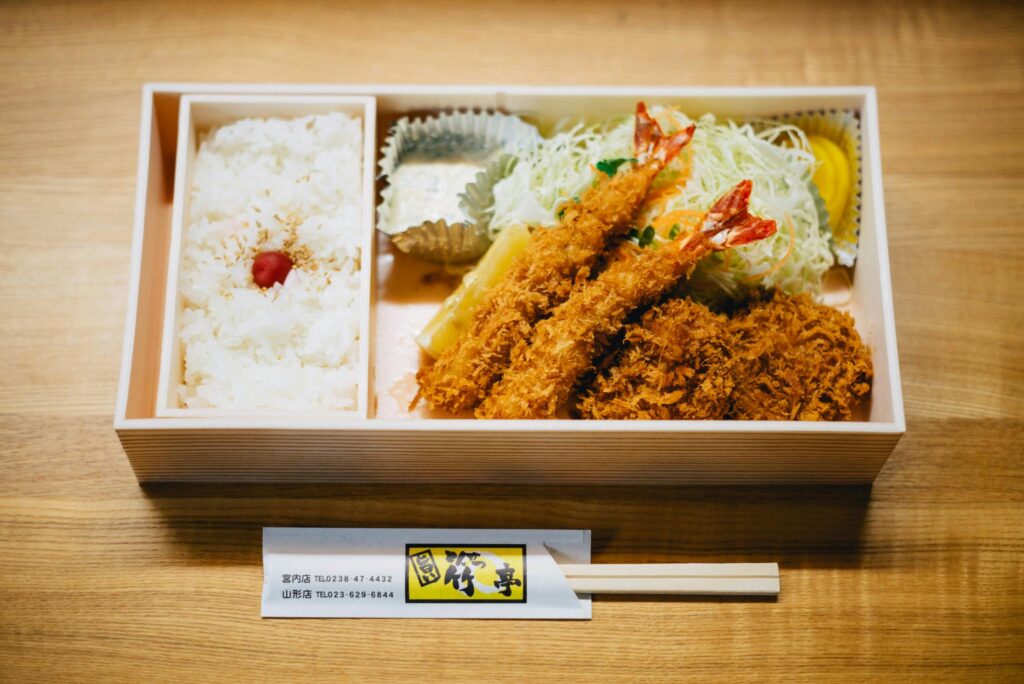
Eat Like a Local
Food in Japan is both delicious and diverse, and eating like a local can help you stick to your budget. Convenience stores like 7-Eleven, Lawson, and FamilyMart are a treasure trove of affordable and tasty options. You can find everything from bento boxes and onigiri (rice balls) to sandwiches and salads. These quick meals are not only budget-friendly but also provide a chance to experience local flavors.
For a more substantial meal, look for “teishoku” restaurants. These eateries serve set meals that typically include rice, miso soup, pickles, and a main dish, such as grilled fish or tempura. Teishoku meals are often reasonably priced and provide a balanced and satisfying dining experience.
Exploring local markets and street food vendors is another great way to enjoy affordable meals. Places like Nishiki Market in Kyoto or Ameyoko Market in Tokyo offer a variety of affordable and delicious street food options, from yakitori (grilled chicken skewers) to takoyaki (octopus balls).
Take Advantage of Free Attractions
Japan boasts numerous free attractions that allow you to experience the country’s culture and beauty without spending a lot. Many temples and shrines do not charge an entrance fee. Visiting iconic sites such as Senso-ji Temple in Tokyo or Fushimi Inari Shrine in Kyoto provides a glimpse into Japan’s spiritual heritage without any cost.
Parks and gardens, such as Ueno Park in Tokyo and Maruyama Park in Kyoto, offer beautiful settings for relaxation and exploration. These green spaces are perfect for a leisurely stroll or a picnic, and they often feature seasonal events and festivals.
Museums and galleries may also have free admission days or offer discounts, so it’s worth checking their websites before you go. Additionally, many cities have free observation decks or viewpoints, such as the Tokyo Metropolitan Government Building or the Osaka Umeda Sky Building, where you can enjoy panoramic views of the cityscape.
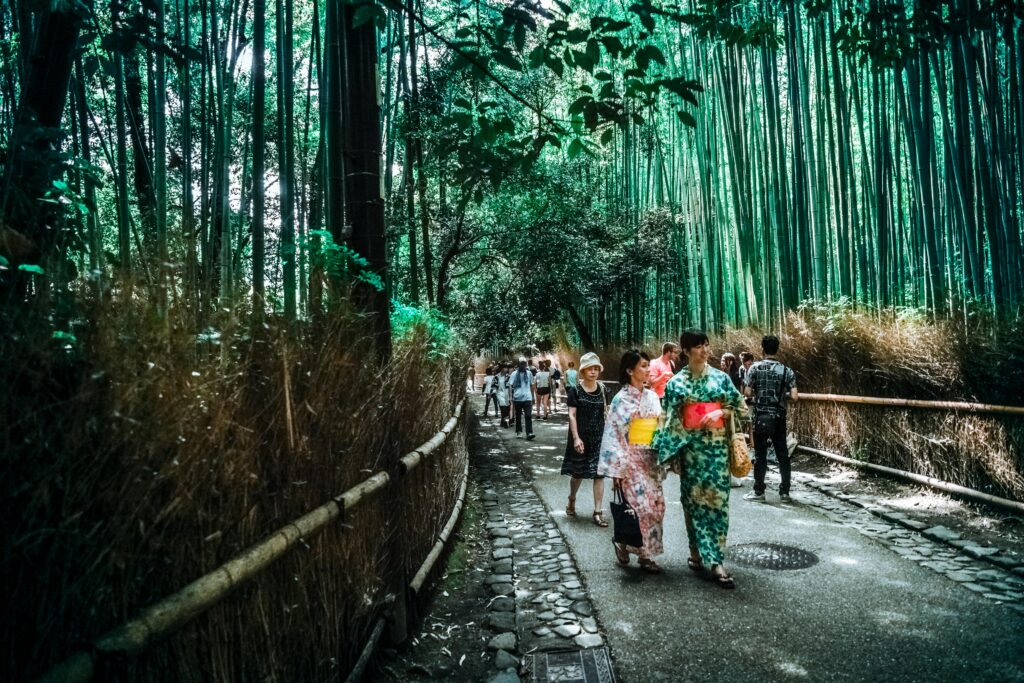
Be One With Nature
Japan’s natural beauty is a major highlight of the country, and exploring it can be done on a budget. Hiking trails in regions like the Japanese Alps or Mount Takao offer stunning views and a chance to connect with nature without any cost. These trails range from easy walks to challenging hikes, catering to all fitness levels.
Coastal areas and beaches, such as those in Okinawa or the Izu Peninsula, provide opportunities for relaxation and exploration. Pack a picnic and spend the day enjoying the scenery and ocean breeze. Many coastal areas have free access, allowing you to enjoy Japan’s beautiful shores without spending a lot of money.
Spend Smart for Souvenirs
Souvenirs are an important part of any trip, but they don’t have to be expensive. Japan’s 100-yen shops, like Daiso and Seria, offer a wide range of affordable gifts, from traditional Japanese items to quirky knick-knacks. These stores are perfect for picking up small, inexpensive souvenirs to remember your trip.
Flea markets and second-hand stores are also excellent places to find unique and budget-friendly souvenirs. You can discover vintage clothing, antiques, and collectible items at flea markets in Tokyo or Kyoto. Second-hand stores, such as Book Off and Hard Off, offer a variety of goods, including books, electronics, and household items, at discounted prices.
Utilize Discount Passes and Coupons
Many cities in Japan offer discount passes for tourists, providing unlimited transportation and discounts at popular attractions. For example, the Tokyo Metro Open Ticket allows unlimited rides on Tokyo’s subway system for one or two days. Similarly, cities like Osaka and Kyoto offer passes that provide access to multiple attractions at a reduced cost.
Coupon websites and apps, such as Gurunavi and Hot Pepper, offer discounts for restaurants, attractions, and shopping. Before your trip, check these platforms for deals that can help you save money on dining and activities. Some attractions also offer discounted tickets for online purchases, so it’s worth booking in advance to secure the best rates.

Stay Connected on a Budget
Staying connected is important for navigation and communication, but it doesn’t have to be expensive. Instead of paying for an international roaming plan, consider renting a pocket Wi-Fi or purchasing a SIM card for your trip. Companies like Japan Wireless and Sakura Mobile offer affordable options with reliable service.
Free Wi-Fi is widely available in Japan, including at airports, train stations, cafes, and some public areas. Take advantage of these free connections to stay online and avoid high data charges.
Traveling in Japan on a budget is entirely possible with careful planning and smart choices. By following these tips, you can enjoy all that Japan has to offer without stretching your finances. From affordable accommodation and delicious local food to free attractions and smart shopping, Japan offers countless opportunities to experience its unique culture and beauty without breaking the bank. Happy travels!
Related Articles
Warning: Undefined array key "sfsi_threadsIcon_order" in /home/veremosglobal/tokyoroomfinder.com/public_html/blog/wp-content/plugins/ultimate-social-media-icons/libs/controllers/sfsi_frontpopUp.php on line 165
Warning: Undefined array key "sfsi_blueskyIcon_order" in /home/veremosglobal/tokyoroomfinder.com/public_html/blog/wp-content/plugins/ultimate-social-media-icons/libs/controllers/sfsi_frontpopUp.php on line 170
Warning: Undefined array key "sfsi_bluesky_display" in /home/veremosglobal/tokyoroomfinder.com/public_html/blog/wp-content/plugins/ultimate-social-media-icons/libs/controllers/sfsi_frontpopUp.php on line 266

